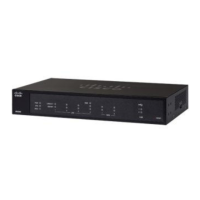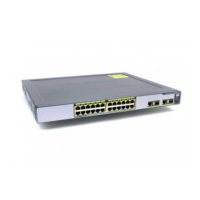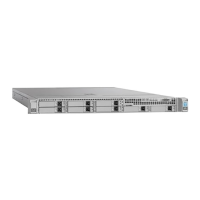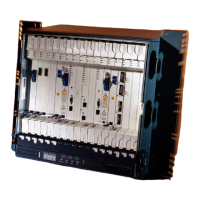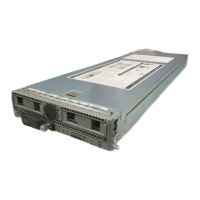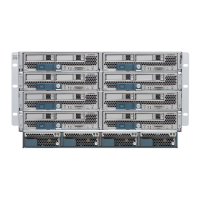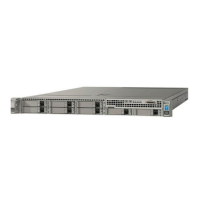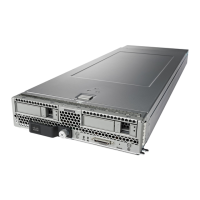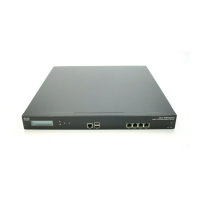The console port connects to the FXOS CLI.
We recommend using the console port. You can also connect using SSH to the management
interface, if configured in the chassis platform settings in the management center; however, if
you change the management IP address, you will be disconnected.
Note
Step 2 Log in with the username admin and the password you set during initial setup.
Step 3 Change the Management IP address. You can use a static IPv4 and/or IPv6 address.
IPv4:
scope fabric-interconnect
set out-of-band static ip ip_address netmask network_mask gw gateway_ip_address
IPv6:
scope fabric-interconnect
scope ipv6-config
set out-of-band static ipv6 ipv6_address ipv6-prefix prefix_length ipv6-gw gateway_address
Example:
IPv4:
firepower-3110# scope fabric-interconnect
firepower-3110 /fabric-interconnect # set out-of-band static ip 10.5.23.8 netmask
255.255.255.0
gw 10.5.23.1
IPv6:
firepower-3110# scope fabric-interconnect
firepower-3110 / fabric-interconnect # scope ipv6-config
firepower-3110 / fabric-interconnect /ipv6-config # set out-of-band static ipv6 2001:DB8::34
ipv6-prefix 64 ipv6-gw 2001:DB8::1
Step 4 Change the management center.
You should first unregister the chassis from the current management center.
enter device-manager manager_name [hostname {hostname | ipv4_address | ipv6_address}] [nat-id nat_id]
You are prompted for the registration key.
You can enter this command from any scope.
• hostname {hostname | ipv4_address | ipv6_address}—Specifies either the FQDN or IP address of the
management center. At least one of the devices, either the management center or the chassis, must have
a reachable IP address to establish the two-way, TLS-1.3-encrypted communication channel between
the two devices. If you do not specify a hostname, then the chassis must have a reachable IP address or
hostname and you must specify the nat-id.
• nat-id nat_id—Specifies a unique, one-time string of your choice that you will also specify on the
management center when you register the chassis when one side does not specify a reachable IP address
or hostname. It is required if you do not specify a hostname, however we recommend that you always
Multi-Instance Mode for the Secure Firewall 3100
60
Multi-Instance Mode for the Secure Firewall 3100
Change Chassis Management Settings at the FXOS CLI
